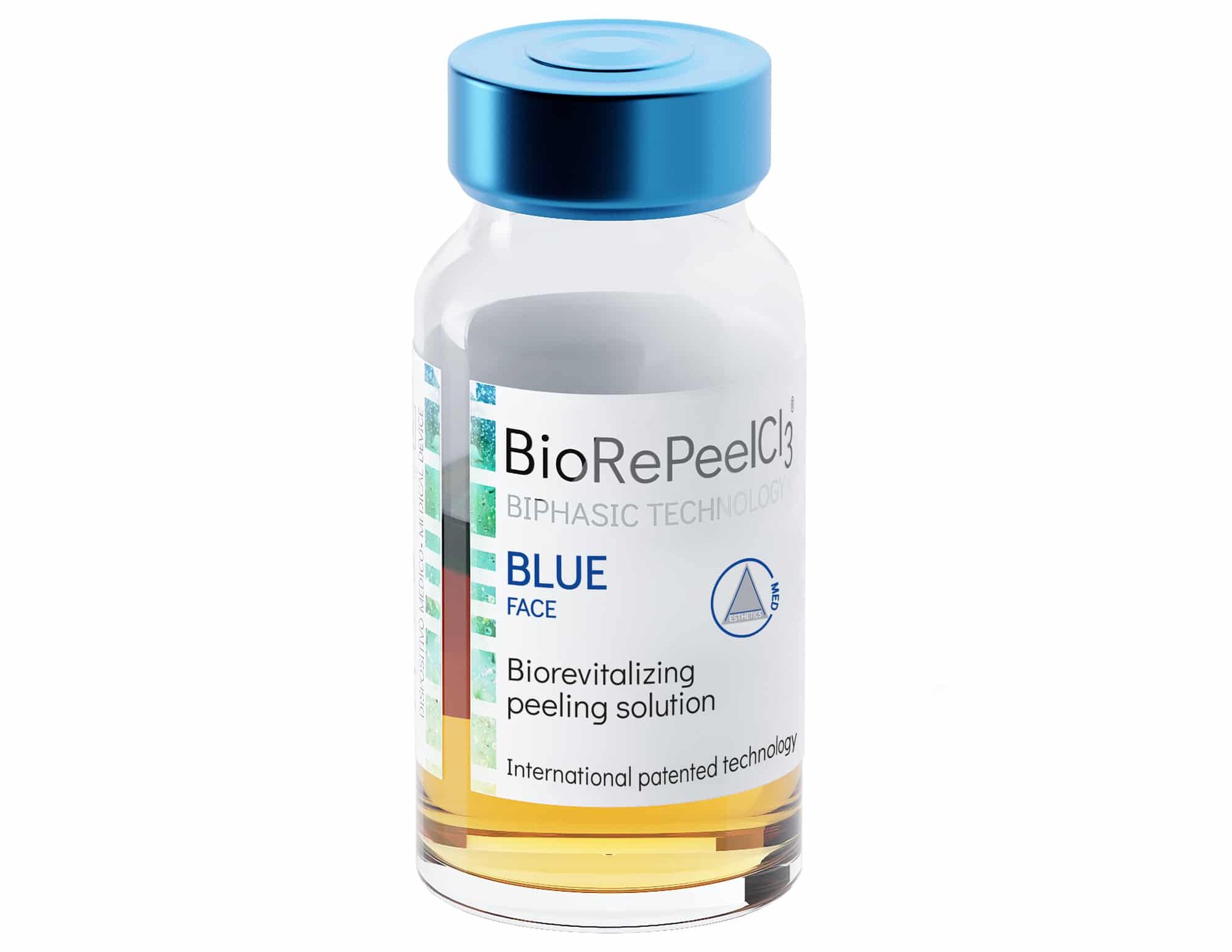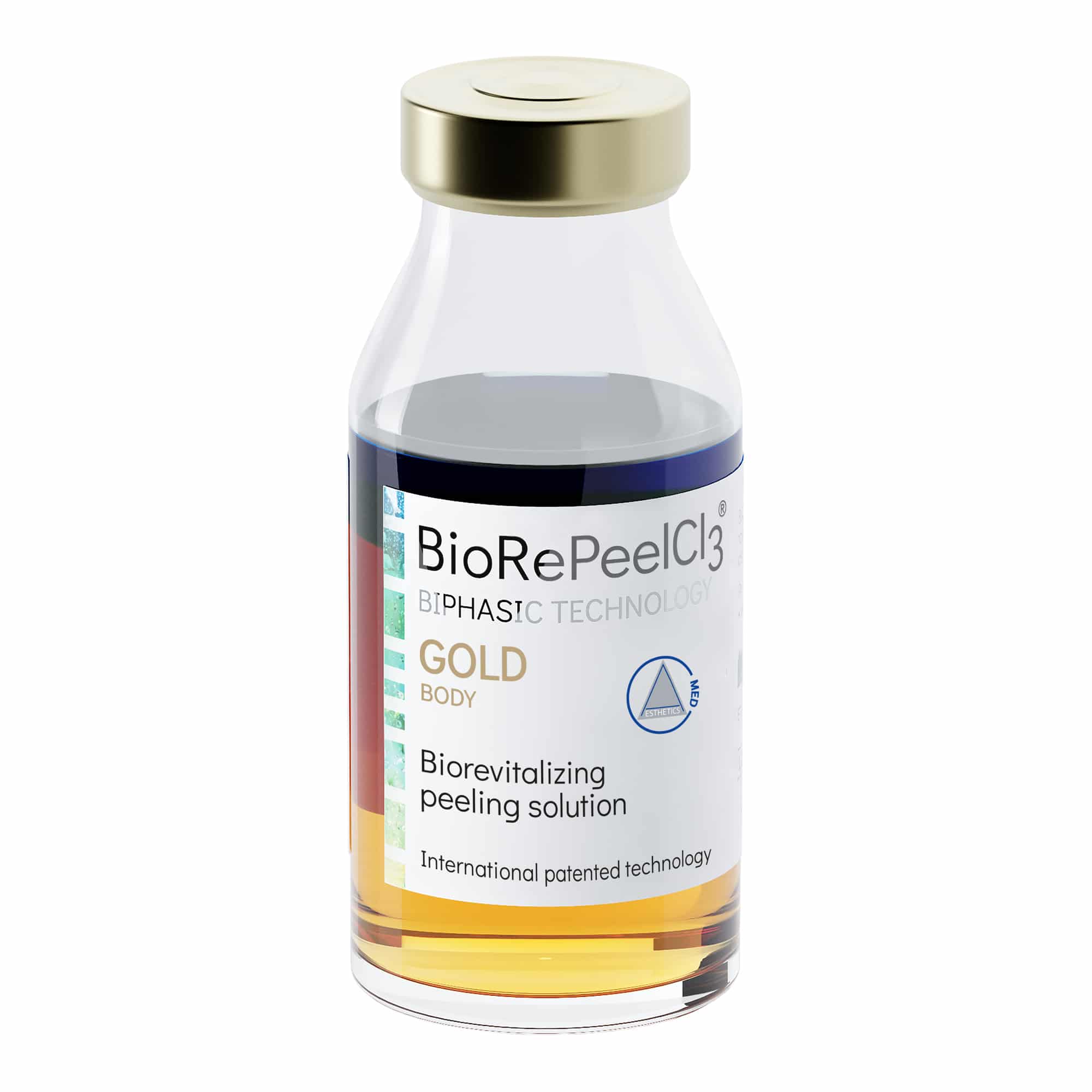Chemical peels remove damaged outer layers of skin to make skin smoother, reduce scarring and remove blemishes. Ranging from mild to strong, there are three types of chemical peels: alphahydroxy acid (AHA), trichloroacetic acid (TCA) and phenol. The strength of each peel is tailored to the patient. Peels can be combined with other procedures, such as facelifts, for additional improvement to skin. Chemical peels may be covered by insurance if they are performed for medical rather than cosmetic reasons.
Chemical peels are performed in a plastic surgeon‘s or dermatologist‘s office, or an outpatient surgical center. Anesthesia is not required because TCA and phenol have anesthetic properties, and AHA produces only a slight stinging.
BioRePeelCl₃® BLUE

BioRePeelCl3® BLUE is a special two-step TCA Peel designed to refresh and improve the appearance of your face, neck, and décolleté. BioRePeelCl3® BLUE combines ingredients that work together to improve the skin's health, going beyond a regular peel. It offers a complete treatment for various cosmetic concerns, with benefits like exfoliation, beautification, and hydration.
BioRePeelCl₃® Gold

BioRePeelCl3® GOLD is a special treatment that improves the appearance of your skin by making it look fresher, more attractive, and well-hydrated. It's a two-step process that uses a special formula to peel away dead skin cells and reveal smoother, more radiant skin. It's particularly effective for areas such as the back, shoulders, buttocks, legs, knees, elbows, hands, and feet.
BioRePeelCl3® GOLD helps remove dead skin cells, enhancing the hydrating benefits of amino acids and vitamins. These ingredients work even better with the help of the lipophilic phase, which forms a protective and moisturizing layer on the skin.
Chemical Peel Procedure
During a TCA or phenol peel, the skin is cleansed and the solution is applied, which may cause a brief stinging sensation. Petroleum jelly or a waterproof adhesive tape may be put on the skin following a phenol peel. During an AHA peel, the skin is cleansed and the solution applied; there is no need for post-peel ointment or covering.
Side Effects of Chemical Peels
A phenol or TCA peel can result in tingling or throbbing, reddened skin, a crust or scab, and significant swelling that lasts, depending on the strength of the peel used, about a week. With a phenol peel, eyes may be swollen shut at first, and the patient may be put on a liquid diet and advised to keep talking to a minimum. Any tape used is removed after a day or two. AHA peels can cause temporary stinging, redness and irritation, as well as flaking or crusting. After a chemical peel, it is essential that the skin be protected from the sun.

